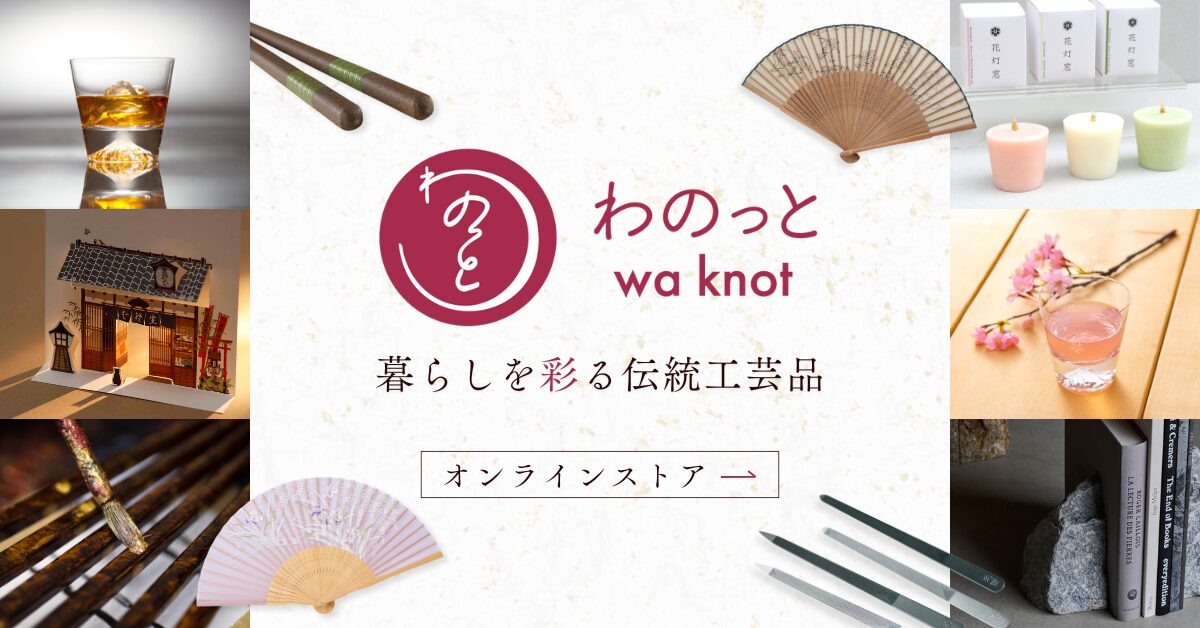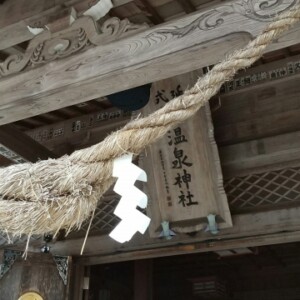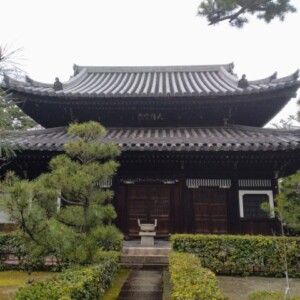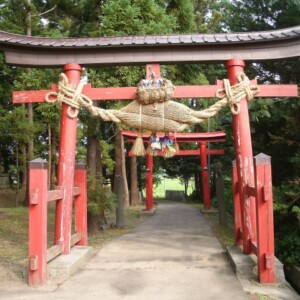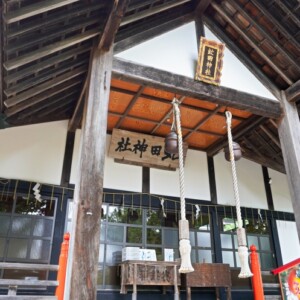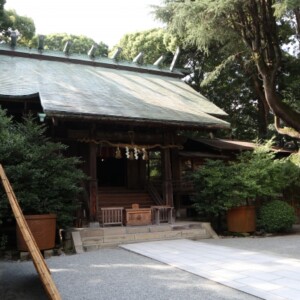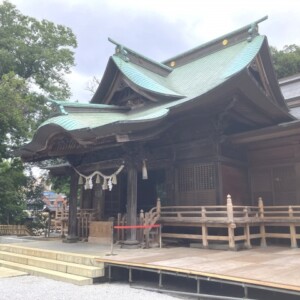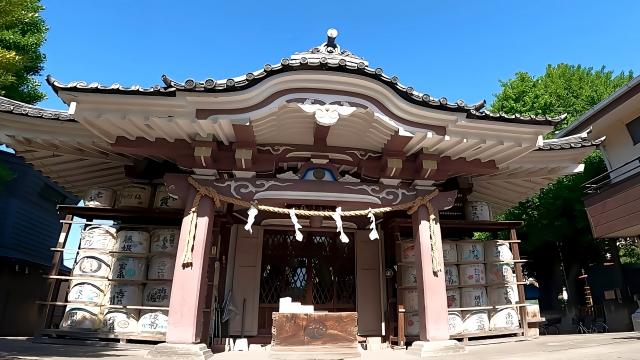
Kanayama Shrine|Complete guide to the history, highlights, and worship information of this historic shrine
Kanayama Shrine, located within the precincts of Wakamiya Hachimangu Shrine in Kawasaki-ku, Kawasaki-shi, Kanagawa Prefecture, is popularly known as “Kanamara-sama” and is known for the annual Kanamara Festival held on the first Sunday of April. The shrine has long been worshipped as the god of blacksmithing, and today attracts many worshippers from all over Japan seeking blessings for child bearing, matchmaking, and prosperous business. The shrine’s unique sacred body and distinctive rituals have attracted international attention.
Outline and basic information about Kanayama Shrine

Kanayama Shrine is a precinct shrine of Wakamiya Hachimangu Shrine and is located to the left of the main shrine. It has long been familiar to the local people as the god of forging and sex, and is now one of the representative shrines in Kawasaki, visited by many worshippers from Japan and abroad.
History and Origin
Kanayama Shrine was located near the Seven Star Mansion at Kawasaki Daishi Station on the Keihin Electric Express Railway until the mid-Meiji Period. When Keihin Electric Railway (now Keihin Electric Express Railway) built a loop line facility to turn around Daishi Station, which was the terminal station at that time, the entire shrine was moved to the current Wakamiya Hachimangu precincts because Kanayama Shrine was located at the same location.
The shrine was moved to the precincts of this shrine in the Taisho era (1912-1926) from near the east level crossing of Kawasaki Daishi Station. In the Edo period (1603-1868), there was a history of “Jibe Matsuri,” a festival in which women who lived at the Kawasaki Inn (prostitutes) prayed for protection against sexually transmitted diseases and for business prosperity, which became the prototype for today’s Kanamara Matsuri.
Gods and Benefits
Kanayamahiko and Kanayamahime, gods of mining and blacksmithing, are the two deities enshrined at the shrine. It is said that they were incarnated from the vomit of Izanami when she was suffering from burns after giving birth to Kagutsuchi, the god of fire, during a Shinto fertility ceremony.
Legend has it that when Izanami gave birth to Kaguzuchi, the fire goddess, and suffered severe burns on the lower half of her body, this deity nursed her and was said to be the guardian of childbirth and lower body ailments. Today, the shrine is worshipped throughout the country as a god of childbirth, marital bliss, and business prosperity.
Kanayama Shrine Highlights

Kanayama Shrine is known for its unique architecture and form of worship that sets it apart from ordinary shrines, and this uniqueness attracts many people.
Attractiveness of Buildings and Structures
The current shrine pavilion is a regular hexagonal building approximately 3 meters on each side, covered with black iron plates on the outside to resemble iron, and an 8 meter-high atrium. When Kanayama Shrine was rebuilt in 1999, it was covered with steel plates on the outside to resemble iron, and was a 3 meter square octagonal building with black walls and an 8 meter-high atrium, making it a unique building that is different from most “shrines.
Inside, the floor is partitioned off as an earthen floor, and a bellows and furnace are installed in the center of the front facade, with an anvil (similar in shape to an Indian “linga yoni”) embedded in the floor to reproduce a blacksmith’s workshop. This ingenious design is notable as an epoch-making shrine pavilion that expresses the character of the blacksmith as a god in a modern way.
The Godhead and Distinctive Beliefs
The sacred body is a metal phallic object. This unique object is deeply related to how the god of blacksmithing came to be worshipped as a god of sex. It is said to have its origin in the bellows used in the forge. The bellows are tools used to create a flow of wind when starting a fire, and the piston movement of the bellows back and forth is said to be reminiscent of the sexual act between a man and a woman, making it a “sex deity” as well.
Because of this unique form of worship, Kanayama Shrine is widely believed to bring blessings related to vitality and prosperity, such as childbirth, safe delivery, conjugal harmony, and marriage.
Attractions of the Kanamara Festival
Kanamara Festival, held on the first Sunday of April every year, is well known for the “Kanamara Kou,” an organization of Kanayama Shrine followers formed in 1977 under the leadership of a second-generation priest who had studied veterinary medicine at university. Until then, festivals had been held only in small groups and ended in the morning, but from this year, the Kanamara Ko began to participate in the “Kanamara Festival,” and as part of the festival, the “Jibe-matsuri” of the Edo period was also reenacted.
In 2016 (Heisei 28), more than 30,000 people visited the festival, 60% of whom were foreigners. At the festival, a portable shrine in the shape of a phallic object is carried, and the festival is grandly held to pray for business prosperity, offspring prosperity, safe childbirth, marriage, and conjugal harmony. As a festival of sex belief, which is rare even internationally, it has become a representative cultural event in Kawasaki that attracts many foreign tourists.
Guide to Worship and Visitation
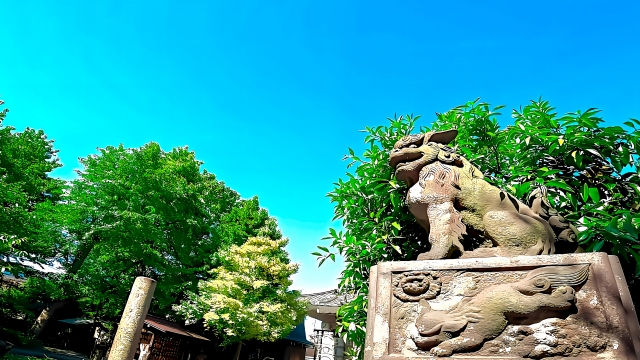
Worship at Kanayama Shrine is conducted through Wakamiya Hachiman Shrine, and in addition to general shrine etiquette, it is important to understand and respect the unique belief system of this shrine.
Worship Etiquette and Manners
Since Kanayama Shrine is a precinct shrine of Wakamiya Hachimangu Shrine, it is customary to visit the main shrine of Wakamiya Hachimangu Shrine first before visiting Kanayama Shrine. When visiting Kanayama Shrine, purify your hands and mouth at the hand- and mouth-cleansing booth before entering the shrine grounds, and bow in the manner of Nirei Ni-ni-no-hate-ichirie.
It is important to refrain from worshipping in a manner that is curious or disrespectful of the special deity or belief system of Kanayama Shrine, and to worship with a sincere heart. When taking photographs, please do so with moderation and with consideration for other worshipers.
Annual and Seasonal Events
The most famous event is the “Kanamara Festival” held on the first Sunday of April every year. Also, on November 1 each year, the “Fugo Matsuri Shinpujuyo-sai” (Bellows Festival) is held, which features a wild blacksmithing event by blacksmiths and companies that deal in hardware, as well as a dedicatory dance and kagura (Shinto music and dance) performance.
The Kanamara Festival features a portable shrine with a phallic image of a man’s penis, and a masked parade. The festival is held to pray for prosperity of business, prosperity of offspring, safe delivery, marriage, and reconciliation between husband and wife, and attracts many spectators from home and abroad.
The Bellows Festival is an important festival that represents the original character of Kanayama Shrine as a god of blacksmithing, and is held to pray for business prosperity for craftspeople and people involved in the hardware industry. Both festivals are important events that represent the core of faith at Kanayama Shrine.
Red Seal and Charm Information
Red seals at Wakamiya Hachiman Shrine are available at the awarding office on the right side of the main shrine building. Red seals for Kanayama Shrine are also available at the same place. On weekdays, only red seals with calligraphy are available, and on weekends and holidays, red seals with illustrations are available. There are also limited-time-only red seals according to festivals, etc. The latest information can be found on the official X (Twitter) page.
Kanayama Shrine also offers original red seal booklets, available only in spring and summer, and only in fall and winter. The front and back of the book are decorated with Tenugui Rin Rin Rin’s Chin Komon and Mitsu Komon, giving the red seal book a Kanamarasama-like appearance, but also allowing for regular use.
As for amulets and awards, there are items related to the blessings of childbirth, safe childbirth, conjugal harmony, and prosperous business. For details, please check at the awarding office when you visit the shrine.
Access and Information on Using the Shrine
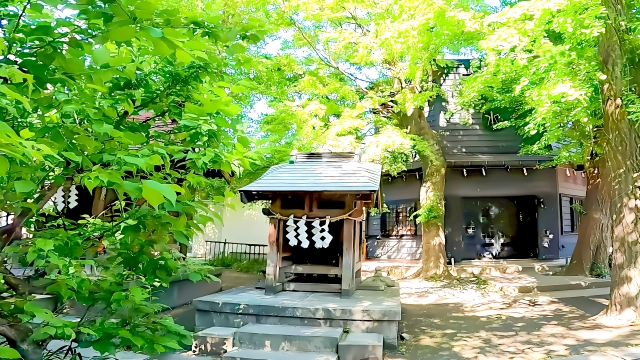
Kanayama Shrine is located near Kawasaki Daishi and is very conveniently accessible by public transportation. Many people visit the shrine in conjunction with a visit to Kawasaki Daishi.
Access by Public Transportation
It is a 3-minute walk from the South Exit of Kawasaki Daishi Station on the Keikyu Daishi Line. The location is very close to the station, with some information indicating that it is about a 1-minute walk from Kawasaki Daishi Station.
For access by train, the nearest station is Kawasaki Daishi Station on the Keikyu Daishi Line. It takes about 10 minutes from Keikyu Kawasaki Station to transfer to the Daishi Line, and about 30 minutes from Shinagawa Station by transferring between the Keikyu Main Line and the Daishi Line.
By car, it takes about 5 minutes from the Daishi Exit of the Metropolitan Expressway Kawasaki Line or about 10 minutes from Kawasaki Ukishima JCT on the Tokyo Bay Aqua-line. Since the area around Kawasaki Daishi can be crowded at times of the year, such as during Hatsumode, public transportation is recommended.
<Address> 2-13-16 Daishi Ekimae, Kawasaki-ku, Kawasaki-shi, Kanagawa 210-0802
Hours of worship, fees, and parking information
Kanayama Shrine is basically free to visit, but it is recommended to check in advance about the hours for receiving red seals and awards. There is no fee to visit the shrine.
Parking is available at the Wakamiya Hachiman Shrine parking lot, but the number of cars is limited, so public transportation is recommended, especially during festivals. There are also pay parking lots in the vicinity of Kawasaki Daishi, so please use those if you are coming by car.
Please confirm the price of the first red seal and the price of the awarded items at the awarding office when you visit the temple. For information on special festivals and limited-edition prizes, we recommend that you check the official SNS account for the latest information.
Reference sites
Kanayama Shrine (Wakamiya Hachimangu precincts shrine) official Twitter: https://twitter.com/kanayamajinja
Kanagawa Prefectural Shinto Shrines Agency, Kanayama Shrine: https://www.kanagawa-jinja.or.jp/shrine/1201005-000/1201005-001/
Wakamiya Hachimangu Shrine Kawasaki Daishi Tourist Information Center: http://kawasakidaishi-kanko.com/wakamiya/wakamiya.html


